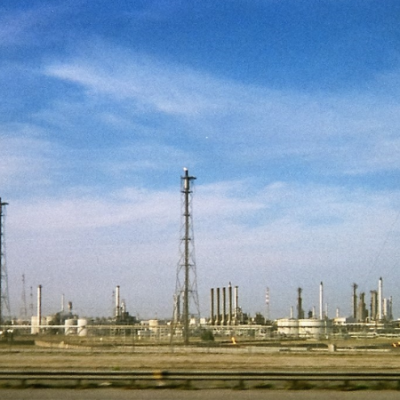The Rise of China in Central Asia: Implications for Regional Dynamics and Kazakhstan

The growing economic influence of China in Central Asia, particularly in Kazakhstan, is altering the region’s economic environment. The strengthening of connections between China and Central Asian nations has sparked concerns about the consequences for regional dynamics and Chinese President Xi Jinping’s ambition for Kazakhstan’s growth.
Also Read – US sanctions individuals and companies from Iran, China and Hong Kong
Central Asia, a resource-rich area placed geographically between Europe and Asia, has emerged as a significant target of China’s ambitious Belt and Road Initiative (BRI). China seeks to improve connectivity and deepen economic integration with the area by huge investments in infrastructure projects, energy cooperation, and trade facilitation.
Kazakhstan, as one of Central Asia’s biggest and most resource-rich nations, has benefited greatly from China’s economic participation. Chinese investments in energy, transportation, and manufacturing have been critical to Kazakhstan’s economic growth and diversification.
The vision of President Xi Jinping for Kazakhstan highlights the significance of strong bilateral relations and mutually beneficial collaboration. Kazakhstan’s strategic position and plentiful resources make it an important partner for China in attaining its economic objectives and guaranteeing regional stability.
However, China’s expanding economic might has sparked worries about the hazards of over-reliance and the effect on local economies. Critics claim that Central Asian nations’ reliance on Chinese investments and infrastructure projects may lead to unequal partnerships and impede their long-term growth possibilities.
In response to these concerns, regional governments, particularly Kazakhstan, have moved to balance their involvement with China by broadening economic alliances and seeking possibilities with other nations. They want to take advantage of China’s economic might while simultaneously defending their own interests and supporting long-term growth.
The changing Central Asian economic environment is a complex combination of regional dynamics, global economic trends, and diverse players’ strategic goals. As China’s influence grows, Central Asian nations must carefully handle their economic connections in order to strike a balance between economic progress, national interests, and long-term sustainability.
Also Read – China Files Complaint Over South Korean President
President Xi Jinping’s strategy for Kazakhstan is consistent with China’s wider goals of increasing economic dominance, ensuring access to resources, and enhancing its geopolitical position. The capacity of Central Asian nations to utilize their own strengths, diversify their economies, and maintain a positive balance in their ties with China and other global partners, however, will determine the success of this strategy.



